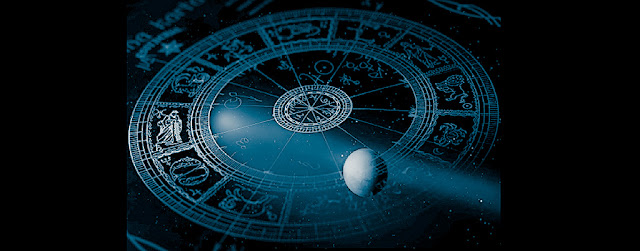Hastha Mudras for Consciousness and Healing

Mudra is a formation of a gesture, we also call it a ritual gesture in Hinduism and Buddhism performed during spiritual practices. Mudras involve the eyes, body postures, and breathing techniques as well, here we will focus on understanding the Hastha Mudra for meditation and consciousness. Hastha Mudra is a Sanskrit term where hastha means hand and mudra means a mark or a seal. Hastha mudra is practiced mainly in a seated position but some techniques can be done while walking or even while standing provided the body is calm. The advantage of mudras is that it helps in the flow of energy and stimulates the brain while performing asana, pranayama, and meditation. Our yogic science has explained that the human body consists of panch tattvas and every finger is related and connected to these tattvas. The Thumb represents fire (agni), the index finger represents air (vayu), middle finger represents space (akash), ring finger represents earth (prithvi) and the baby finger represents water (jal).
We can effectively influence our body and mind by using several hand gestures. The Mudras start electromagnetic currents within our body which helps in restoring our health. The joining of fingers creates an effect on us. While performing Kundalini Yoga the hand mudras are used to intensify the effect of this practice.
There are many types of hastha mudra that are performed. Let us understand the most commonly used mudras and how beneficial they are for consciousness and healing our body and mind.
Chin Mudra, a gesture of consciousness, very commonly used in Meditation practices. It is performed by touching the index finger with the tip of the thumb and directs the flow of energy in the body, increases concentration and stimulates the energy base called mooladhara chakra.
Gyan Mudra is the gesture of wisdom and knowledge and is like chin mudra except in this form the palm is faced downwards. This hastha mudra can suppress the mind making it calm and away from distractions, expanding the scope of knowledge and spiritual openness.
Vishnu Mudra, as the name depicts, is the gesture of the Lord Vishnu. This mudra is only used while performing Nadi Shodana pranayama also known as alternate nostril breathing.
Dhyana Mudra is performed when the two hands are placed on the lap and the right palm is over the left palm, thumbs facing upwards towards one another diagonally. This mudra is mainly seen in the statues of Buddha in a meditative state. The yogis use it their concentration, healing and meditation. Here the right hand represents the enlightenment and the left hand represents illusory nature of existence. It is s great technique while performing Akriya Dhyan Meditation.

Ahamkara Mudra is considered to be very powerful for building confidence. Ahamkara is a Sanskrit term meaning which describes ego and self-consciousness. It helps the person to fight fear and dissipate shyness. Bending the index finger and placing the thumb on the middle phalanx is the way to perform this mudra.
Yoni Mudra, the mudra of yoga brings calmness to the mind. It helps to stabilize the nervous system. Yoni, a Sanskrit word is referred to the womb or female reproductive system. This mudra is very helpful to detach yourself from the commotion in your life due to external sources and make the mind quiet and peaceful. It is a very simple mudra and can be done by bringing the palms together, joining the fingers and the thumbs pointing towards the sky, and the baby finger, index finger and middle finger inwards so that the back of the fingers touches each other.
The best part about performing mudras is that it can be done anytime, that is while sitting in the office, watching TV, listening to music or while waiting in a lounge. Still, to get the optimum gain it is suggested that mudras should be performed while meditating, performing yoga, asanas, and pranayamas.
Explore the personalised meditation retreat at Nirvana the moksha. for more information visit http://www.nirvanathemoksha.com







Comments
Post a Comment